
On a hot, lazy night in July,
At the cottage, near the lake,
we gaze up, like astronomers,
Into the clear, night sky …
dark as a blackout,
Make mental notes
of twinkling stars,
the big dipper, Milky Way,
faint craters on the moon,
Watch as a shooting star passes,
crosses the sky like a UFO,
Wonder if God was the builder,
who constructed these cosmos,
Without a beginning or end,
wonder if other life forms exist,
somewhere, light-years away.–Dave Hood
If you’re anything like Dave Hood or myself, when you cast your gaze upwards towards the heavens you can’t help but wonder about our place in the universe. The questions you and I might have, are the same questions our forefathers and their forefathers have grappled with since the dawn of humanity.
- Are we alone in the universe?
- Is our race the pinnacle of advancement or are we still in the technological stone age?
- Will we ever make contact with extraterrestrial beings and more importantly, do we want to?
Many of those questions drive the narratives behind some of the most beloved stories in our culture. The infatuation with deep space exploration and the unknown is bigger than the marvels we see on the silver screen. There’s something ingrained in many of us; something that forces us to dream of re-visiting places we’ve never been. The phenomenon Fernweh (or farsickness) is a consuming longing to return to a place you’ve never actually visited. It’s the aching for a distant and unknown land, an ambiguous feeling that we’ve all probably felt at one point or another in our lives and it can be directly linked to space exploration.
While the darkest reaches of space can be terrifying, they, like the murkiest depths of our oceans beg to be explored. Some of humanity’s greatest thinkers in every age have dedicated their lives to shedding light on the mysterious shroud blanketing the secrets of space and interstellar travel. How can the technology we currently employ be leveraged to provide answers to some of life’s most complicated questions?
To Infinity and Beyond
Space travel doesn’t only excite scientists and engineers. For instance, Elon Musk has his sights and his finances set on Mars. He’s looking for technological and financial backing from NASA to get his vision off the ground and to get us to the Red Planet.
His plan is ambitious, to say the least, and it involves some technology that doesn’t currently exist. He’s suggested everything from gigantic, reusable rockets and carbon fiber fuel tanks, to ultra-powered engines.
Musk has even suggested a shuttle service that utilizes cargo-like spaceships capable of carrying a hundred or more passengers to the Red Planet, landing there, then returning to Earth to pick up more passengers.
For Musk, it isn’t just about visiting Mars; he’s looking to colonize it. The things he needs to make that happen are wildly expensive and with current technological restrictions, highly speculative. The point is, he and many other wealthy investors are looking to slowly start making our way into the universe we’ve studied for centuries.
By Musk’s admittedly loose estimates, purchasing a single ticket to Mars right now would probably cost around $10 billion. So there’s no need to expect a mass exodus any time soon.
Where Do We Start?
While there’s a lot of technology needed that doesn’t exist, there are things currently in place that could possibly help with deep-space exploration initiatives. Route optimization, GPS tracking, and vehicle maintenance are definitely pillars that would support every mission into space.
Currently, Actsoft has the technology in place to track vehicles from any web browser. With our technology, we can provide near real-time or historical information regarding everything from vehicle speed, direction, and usage. While the scale is obviously magnified, the principles are the same; monitoring how cars, freight trucks, or even space shuttles are operated can potentially prolong their life spans.
At this point in time, commercial travel to other planets is lucrative. The dangers are real and they can’t be ignored, the costs are astronomical, and we have no real plan for sustainability. That being said, scientists, engineers, and investors like Elon Musk are currently brainstorming and tackling the logistics of traveling among the stars.
As complicated as space travel is, getting there is really only half the battle. Interestingly enough, Actsoft has the technology in place to help with people management as they move about in the field, and maybe that could be applied to interstellar travel game plans.
Be on the lookout for part II, where we’ll discuss the dangers and pitfalls associated with remotely monitoring people once they leave home base (or in this case planet Earth).
Have any questions on how Actsoft can help you?
Call (888) 732-6638 or Receive a Live Webinar

















 Encore & Geotab Drive
Encore & Geotab Drive



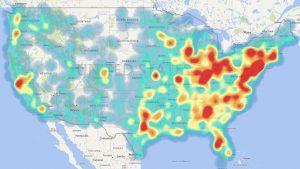
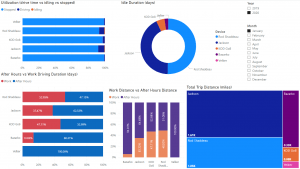
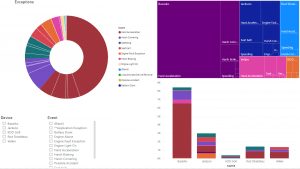



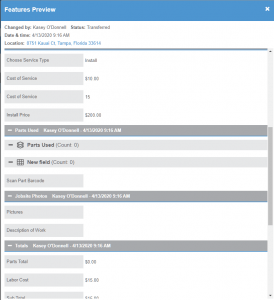
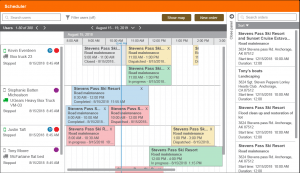
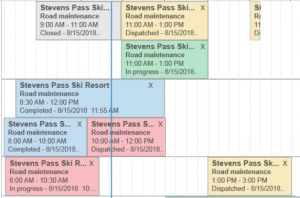







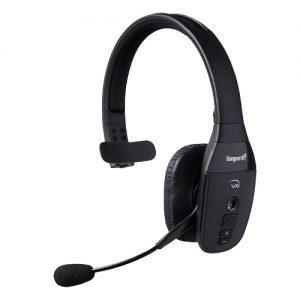


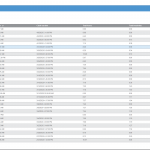
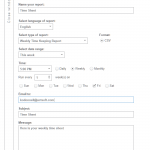

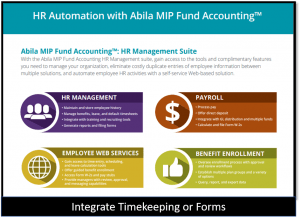




 Actsoft partnered with Odin to provide our solutions overseas, through payment processing integrations. Odin helps us support user management for our software; customers can also purchase our products through Odin’s billing platform.
Actsoft partnered with Odin to provide our solutions overseas, through payment processing integrations. Odin helps us support user management for our software; customers can also purchase our products through Odin’s billing platform.

 VisTracks powers our Electronic Logging Device (ELD) solution, which enables transportation businesses to easily automate their hours of service logs, remain in governmental compliance, and reduce their potential to incur costly fines.
VisTracks powers our Electronic Logging Device (ELD) solution, which enables transportation businesses to easily automate their hours of service logs, remain in governmental compliance, and reduce their potential to incur costly fines. Integration between Actsoft solutions and BeWhere’s software products is available. Take your team’s asset tracking, cellular data connectivity, and field insight a step further with effective, cross-application compatibility.
Integration between Actsoft solutions and BeWhere’s software products is available. Take your team’s asset tracking, cellular data connectivity, and field insight a step further with effective, cross-application compatibility.
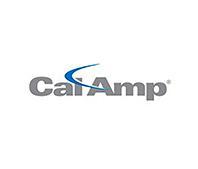 CalAmp tracking devices for vehicles and assets alike are compatible with Actsoft solutions, making it easy for you to efficiently monitor your equipment and fleet cars. Help your team enhance accountability, safety, and savings through a combination of easily installed hardware and intuitive software.
CalAmp tracking devices for vehicles and assets alike are compatible with Actsoft solutions, making it easy for you to efficiently monitor your equipment and fleet cars. Help your team enhance accountability, safety, and savings through a combination of easily installed hardware and intuitive software. Gain even greater insight into the daily activities of your fleet using the combination of Geotab and Actsoft. Geotab devices provide detailed data collection and seamless integration with our solutions; learn more about the ways your vehicles are being used daily with the power of this tandem.
Gain even greater insight into the daily activities of your fleet using the combination of Geotab and Actsoft. Geotab devices provide detailed data collection and seamless integration with our solutions; learn more about the ways your vehicles are being used daily with the power of this tandem. Our partnership with Uniden is ideal for companies looking to gain advanced diagnostics on their fleets. Uniden’s extensive product listing of car electronics like radios, dash cams, radar detectors, and in-vehicle communicators work in concert with Actsoft’s solutions to better connect your vehicles to the company headquarters.
Our partnership with Uniden is ideal for companies looking to gain advanced diagnostics on their fleets. Uniden’s extensive product listing of car electronics like radios, dash cams, radar detectors, and in-vehicle communicators work in concert with Actsoft’s solutions to better connect your vehicles to the company headquarters.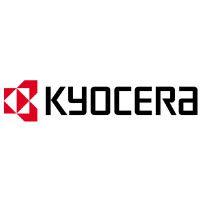 Kyocera offers a wide range of mobile devices, ranging in design from traditional phones to ultra-durable handset technology. Actsoft is able to equip organizations in a variety of different industries with solutions for improved business, while Kyocera supplies the technology they can flawlessly operate on.
Kyocera offers a wide range of mobile devices, ranging in design from traditional phones to ultra-durable handset technology. Actsoft is able to equip organizations in a variety of different industries with solutions for improved business, while Kyocera supplies the technology they can flawlessly operate on.

 Motorola’s mobile technology works in tandem with our solutions to provide extra versatility to your business practices. Coupled with our software’s features, Motorola’s reliable devices make connecting your workforce simpler than ever to do.
Motorola’s mobile technology works in tandem with our solutions to provide extra versatility to your business practices. Coupled with our software’s features, Motorola’s reliable devices make connecting your workforce simpler than ever to do. Actsoft and Sanyo teamed up to merge intuitive business management software with the technology of today. This partnership allows us to provide you with all the tools your team needs for improved workflows, better coordination, and optimized productivity.
Actsoft and Sanyo teamed up to merge intuitive business management software with the technology of today. This partnership allows us to provide you with all the tools your team needs for improved workflows, better coordination, and optimized productivity.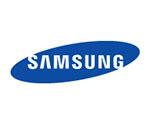 We’re able to bundle certain solutions of ours (including our Electronic Visit Verification options) with Samsung devices to help your team achieve as much functionality as possible, while keeping rates affordable. Use these combinations for accurate recordkeeping, improved communication, and smarter data collection in the field.
We’re able to bundle certain solutions of ours (including our Electronic Visit Verification options) with Samsung devices to help your team achieve as much functionality as possible, while keeping rates affordable. Use these combinations for accurate recordkeeping, improved communication, and smarter data collection in the field.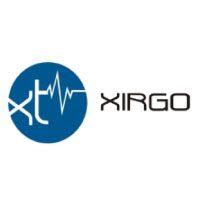
 Our software is the perfect complement to Apple’s user-friendly technology. Equip your workforce with the devices and solutions it needs for optimized productivity during daily operations with Apple and Actsoft.
Our software is the perfect complement to Apple’s user-friendly technology. Equip your workforce with the devices and solutions it needs for optimized productivity during daily operations with Apple and Actsoft.
